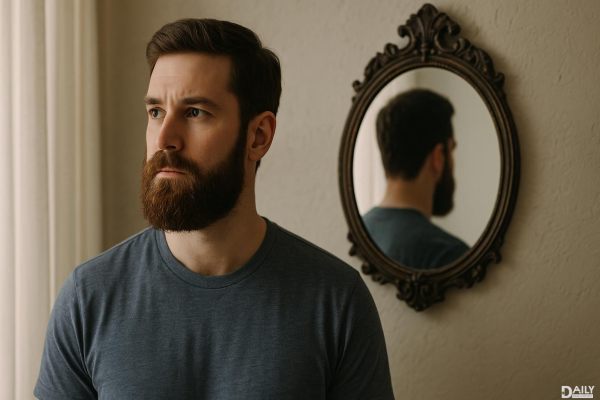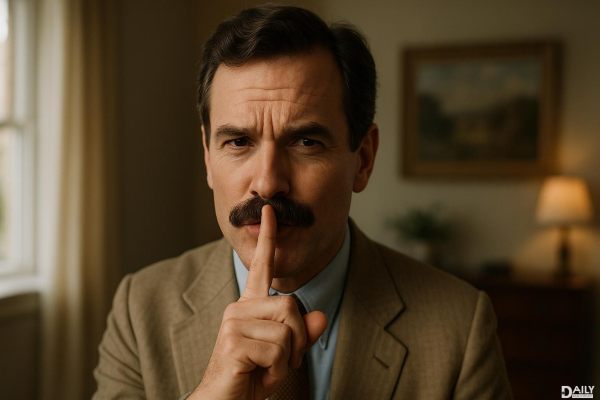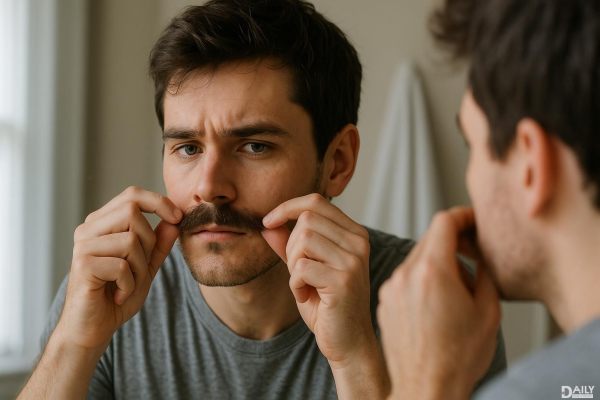Men grow beards for a variety of reasons, ranging from genetics and personal style to cultural and societal influences. But beyond the surface, facial hair carries a surprising amount of symbolism that has evolved over centuries. From signaling maturity and wisdom to projecting strength and individuality, beards have been a powerful form of non-verbal communication throughout history. Whether it’s a full lumberjack beard or a neatly trimmed goatee, the decision to grow facial hair often goes deeper than just aesthetics.

Let’s start with the basics: why do men even have the ability to grow beards? From an evolutionary standpoint, facial hair likely served as a secondary sexual characteristic, signaling maturity and virility. In the animal kingdom, many species use physical traits to attract mates or establish dominance, and beards may have played a similar role for early humans. A thick beard could have been a visual cue of health, strength, and the ability to protect and provide. While modern society doesn’t rely on these primal signals as much, the evolutionary roots of beards still influence how we perceive them today.
In many cultures, a beard is synonymous with masculinity. It’s often seen as a rite of passage for young men transitioning into adulthood. Think about it: shaving is one of the first things boys look forward to as they grow up. Once they start sprouting facial hair, it’s like a badge of honor that says, “Hey, I’m a man now.” This symbolism has been reinforced in literature, film, and media, where rugged, bearded characters are often portrayed as strong, independent, and authoritative. Even in the workplace, a well-groomed beard can project confidence and leadership.
Beards have played a significant role in various cultures and historical periods. In ancient Egypt, pharaohs wore false beards as a symbol of divinity and power. In Viking culture, a full beard was a sign of honor and respect. Religious traditions also embrace facial hair; for example, many Sikh men grow beards as a sign of faith and devotion. Even in modern times, beards have been used to make political statements or challenge societal norms. The 1960s counterculture movement, for instance, saw men growing beards as a rejection of mainstream conformity.
For many men, growing a beard is a way to express their individuality. In a world where everyone’s rocking the same clean-shaven look, a beard can set you apart. It’s like saying, “This is me, and I’m not afraid to stand out.” Some men use their beards to reflect their personality—whether it’s a wild, untamed beard that screams “free spirit” or a meticulously groomed one that says “I pay attention to detail.” Facial hair can also be a form of self-care, as the process of growing and maintaining a beard can be a meditative and rewarding experience.
Believe it or not, there’s a psychological aspect to growing and wearing a beard. Studies have shown that men with beards are often perceived as more mature, dominant, and socially respected. On the flip side, some people associate beards with ruggedness or even a lack of refinement, depending on the context. For the wearer, a beard can boost self-esteem and provide a sense of identity. It’s like wearing a piece of armor that helps you face the world with confidence. Of course, not everyone feels this way, and some men prefer the clean-shaven look for its simplicity and ease.
In recent years, beards have made a major comeback. What was once considered a niche style is now a mainstream trend, thanks in part to the rise of the “lumbersexual” aesthetic and the influence of celebrities and athletes. Social media has also played a role, with beard enthusiasts sharing tips, tricks, and grooming routines. The beard care industry has exploded, offering everything from specialized shampoos to beard oils and combs. For many men, growing a beard is no longer just about looking good—it’s about embracing a lifestyle.
While growing a beard might seem straightforward, it’s not always a walk in the park. Genetics play a huge role in determining how thick, full, or fast your beard grows. Some men struggle with patchy or uneven growth, while others deal with itchiness and irritation during the early stages. Maintenance is another factor—keeping a beard looking sharp requires time, effort, and the right tools. And let’s not forget the occasional awkward phase where your beard looks more like a scruffy mess than a masterpiece. But for those who stick with it, the payoff can be worth it.
Believe it or not, your beard can impact your relationships. Some people find beards incredibly attractive, while others prefer a smooth face. It’s all about personal preference. For couples, a beard can be a source of playful banter or even a point of contention. (“Are you really going to keep that thing?”) On the flip side, many men report that their partners love their beards, whether it’s for the way it looks or the way it feels. At the end of the day, the most important thing is that you’re happy with your choice.
So, what’s next for beards? As trends come and go, it’s hard to predict where facial hair will go from here. Will the clean-shaven look make a comeback, or will beards continue to dominate? One thing’s for sure: beards have stood the test of time, evolving from a primal signal of masculinity to a versatile form of self-expression. Whether you’re a die-hard beard enthusiast or someone who prefers a smooth face, there’s no denying the cultural, historical, and personal significance of facial hair. So, the next time you see a guy with a beard, remember—there’s probably more to it than meets the eye.
From their evolutionary origins to their modern-day resurgence, beards are more than just a fashion statement. They’re a reflection of identity, culture, and individuality. Whether you’re growing one, maintaining one, or admiring one from afar, there’s no denying the power of a good beard. So, embrace the scruff, rock the stubble, or go full-on Gandalf—whatever you choose, wear it with pride.
























